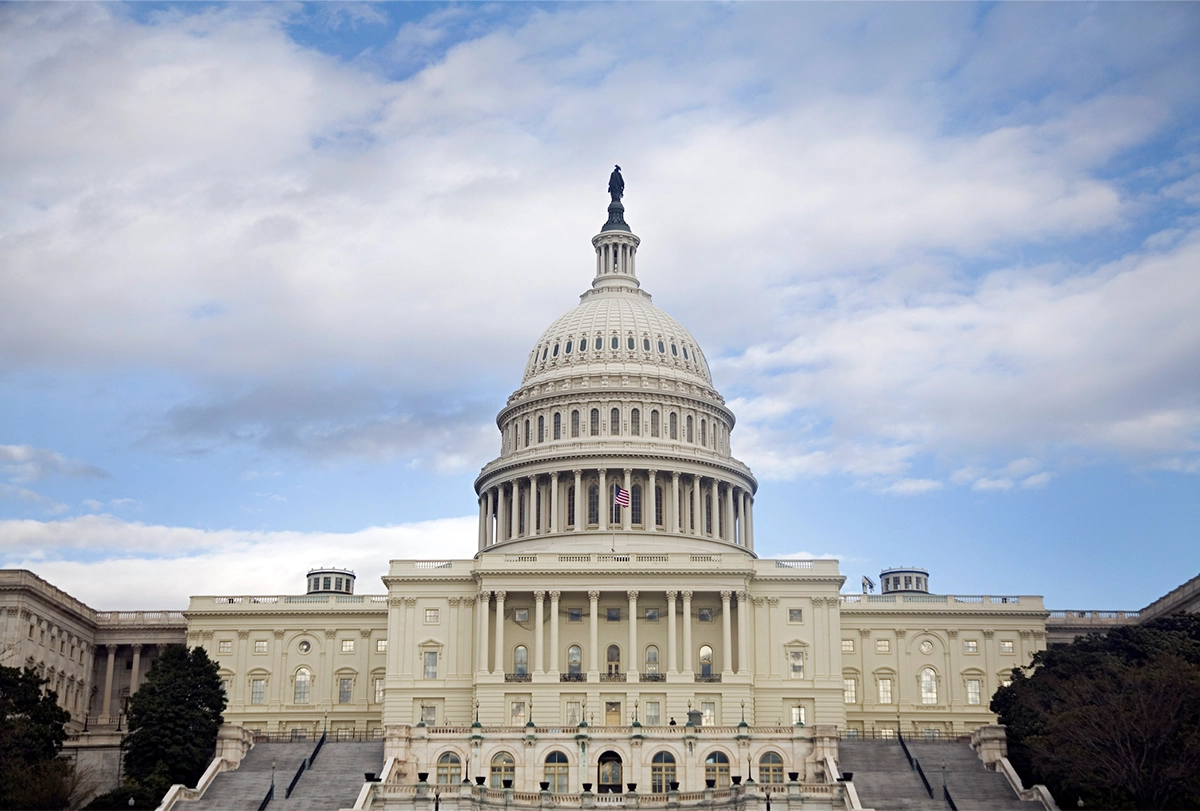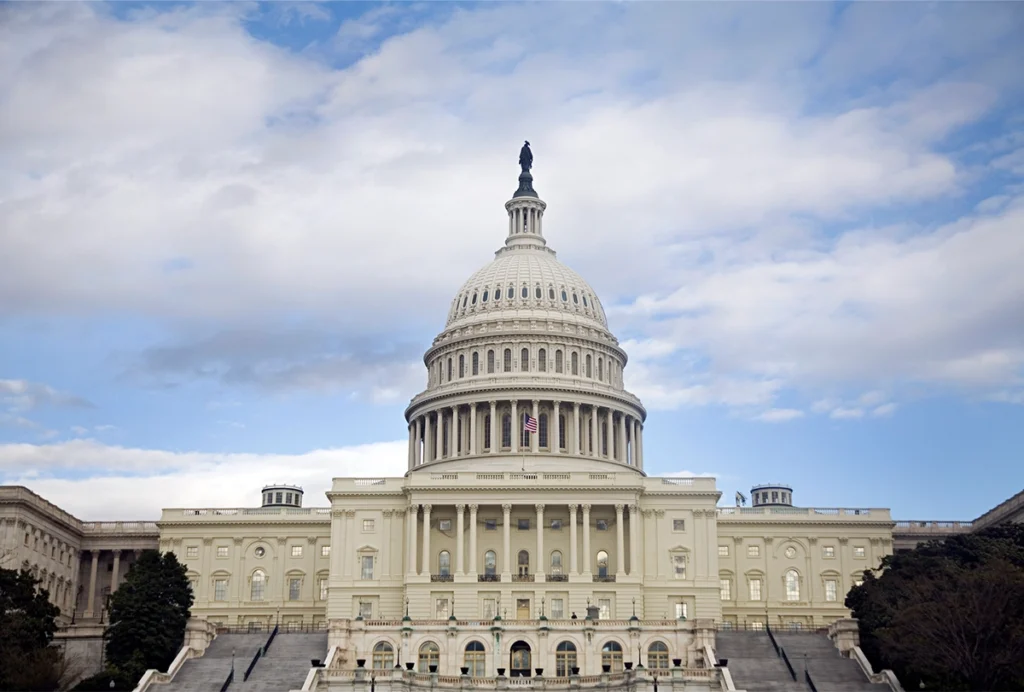In updated U.S. autism bill, Congress calls for funding boost, expanded scope
The current Autism CARES Act sunsets in late September.

Editor’s note
Lawmakers are ironing out the next major tranche of federal funding for autism research in the United States, hoping to renew critical legislation before it expires on 30 September. The law—known as the Autism Collaboration, Accountability, Research, Education and Support (CARES) Act—has been in effect in some form since 2006.
The latest slate of updates awaiting floor votes as soon as next week in the House and Senate includes renewing—and possibly expanding—the funding mandated for autism research, training and services. The House bill increases the current amount by $279 million, totaling a more than $2.1 billion investment over the next five years.
The latest Senate version proposes a slightly smaller jump, to $1.95 billion in spending over that same period. (Assuming both versions pass in their respective chambers, a conference committee will then finalize the act’s terms, subject to both House and Senate approval.) Both bills also contain a new provision requiring the National Institutes of Health (NIH) to develop an annual budget outlining how research dollars will be spent.
The funding upgrade proposed in each bill exceeds an inflation adjustment, says Thomas Frazier, professor of psychology at John Carroll University. It’s also notable in light of the sizable cuts facing other research programs, such as the BRAIN Initiative.
“In the context of a fixed or even diminishing federal budget, any increase is important,” says autism researcher M. Daniele Fallin, dean of public health at the Rollins School of Public Health at Emory University.
The revised act draws attention to several understudied areas, such as the dearth of effective communication tools for autistic people who are non- or minimally speaking. Both the House and Senate bills call for a new Autism Intervention Research Network focused on communication needs, a change that has sparked widespread support.
T
he new legislation also seeks to address the aging population of autistic adults, primarily by inserting the term “gerontology” among a list of NIH-funded fields of autism research. There are an estimated 5.4 million autistic adults in the U.S., but the specific concerns of this sector are still poorly understood, Frazier says.Even a small tweak in the law’s wording can affect research downstream, says Frazier, who also serves on the Interagency Autism Coordinating Committee (IACC), which the Autism CARES Act funds. “When we put language like this into the bill, we do see a shift in the funding agencies’ foci.”
Key among other proposed updates is language that paves the way for more inclusive autism research. The House bill, for example, directs federal agencies to support research that “reflects the entire population of individuals with autism spectrum disorder, including the full range of cognitive, communicative, behavioral, and adaptive functioning, as well as co-occurring conditions and needs for support and services.”
That wording addresses historical patterns of excluding from research autistic people who have intellectual disability or significant support needs. It also represents a “very careful compromise,” says Sam Crane, an independent disability advocacy consultant and a self-advocate member of IACC.
Some groups, including the Profound Autism Alliance and the Autism Science Foundation, had initially pushed for the law to specify “profound autism”—a label coined in 2021 to represent those who require round-the-clock care—among its priorities. But some people reject that term, citing, among other reasons, its inconsistent use. Following extended conversations with other organizations and members of Congress, supporters of the “profound autism” language changed course.
T
he Senate’s amendment, drafted by different authors, also lacks the profound description. As of its 31 July passage out of the Health, Education, Labor and Pensions committee, the bill’s comparable language instructs the NIH director to “take into consideration the various needs of individuals with autism spectrum disorder.”That phrasing, though, is not ideal, says Judith Ursitti, co-founder and president of the Profound Autism Alliance. “I’m not going to die on a hill about words,” she says, but the ambiguity could perpetuate the problem of omitting certain subgroups from research.
But incremental progress with this law is the norm, says Zoe Gross, director of advocacy at the Autistic Self Advocacy Network (ASAN). “We can’t call any CARES bill a complete victory,” she says. For example, although ASAN is glad to see the legislation include language surrounding communication needs, the organization did not achieve its ask for the bills to stipulate that half of IACC’s public members be autistic—a jump from the 2019 law’s requirement that at least three autistic people serve. (One-third of the 21 current public members are autistic.)
Still, both bills manage to satisfy at least some of the requests of the major organizations in this space—many with disparate viewpoints, as Kim Musheno, executive vice president of public policy at the Autism Society of America, points out. “The hard sunset makes it serious that we really need to all be together on this,” she says.
Recommended reading

New organoid atlas unveils four neurodevelopmental signatures
Explore more from The Transmitter

In updated U.S. autism bill, Congress calls for funding boost, expanded scope

Neuroscientists reeling from past cuts advocate for more BRAIN Initiative funding


